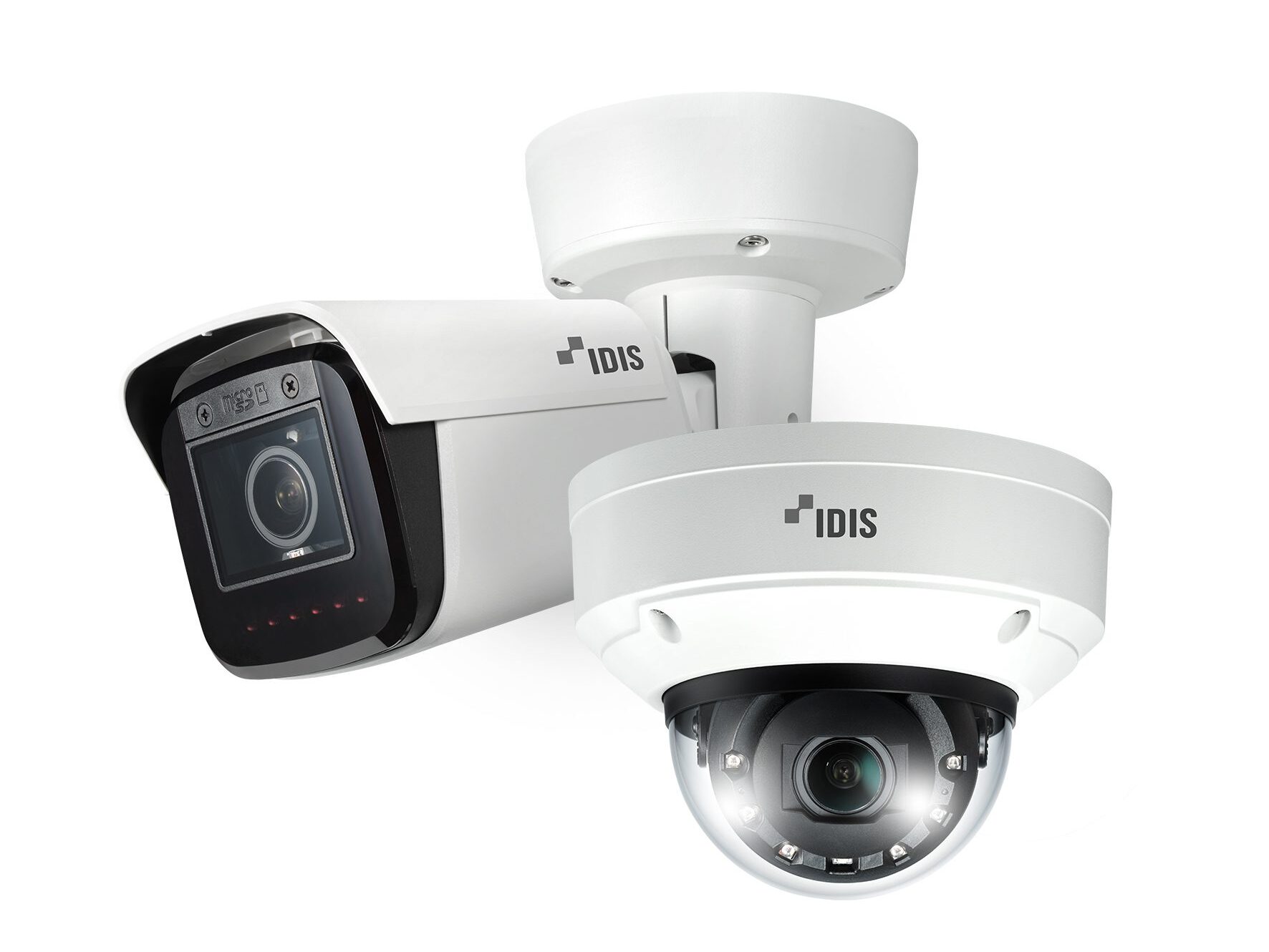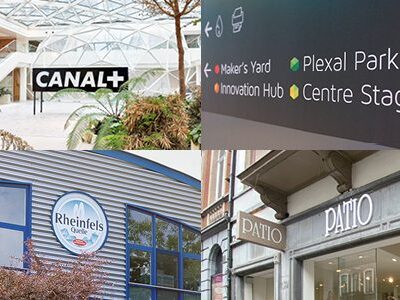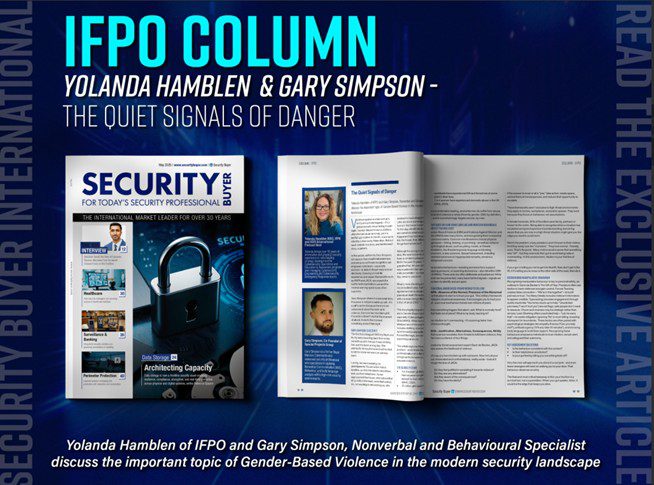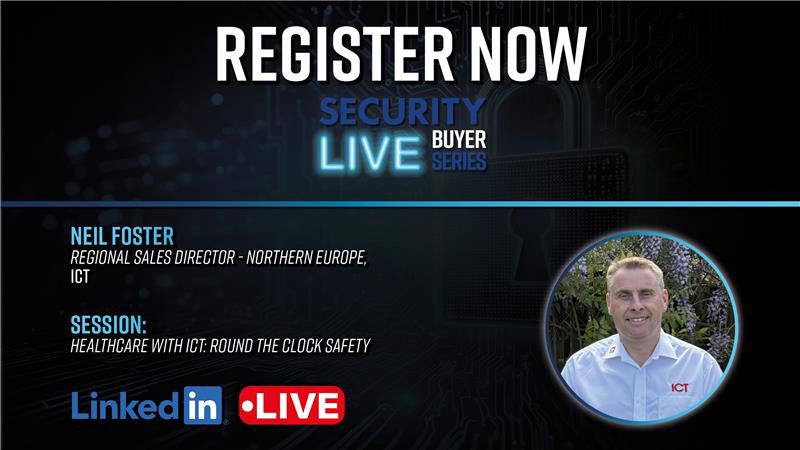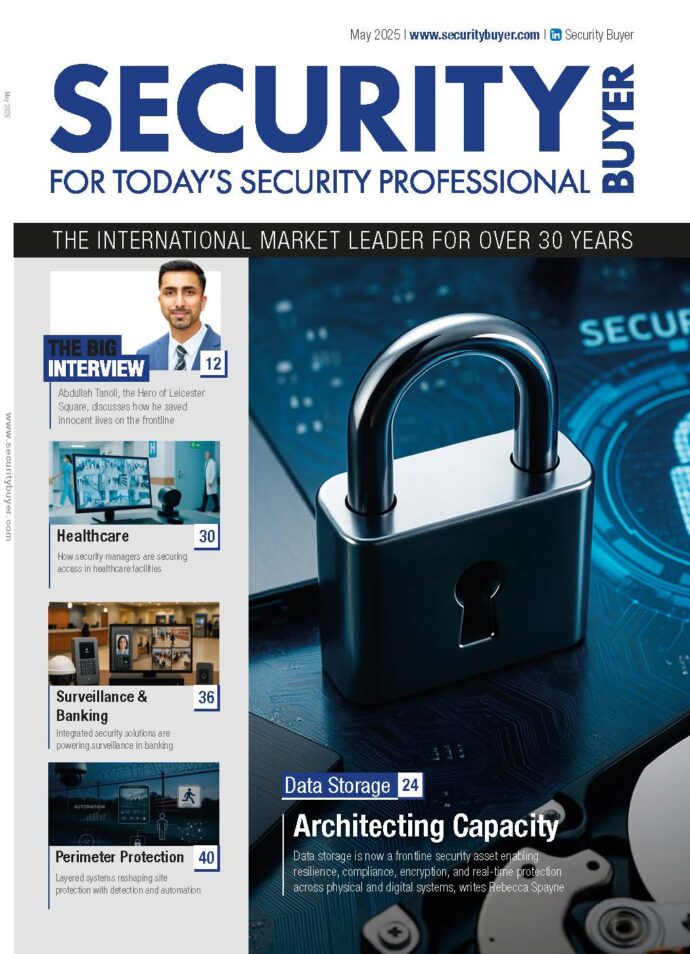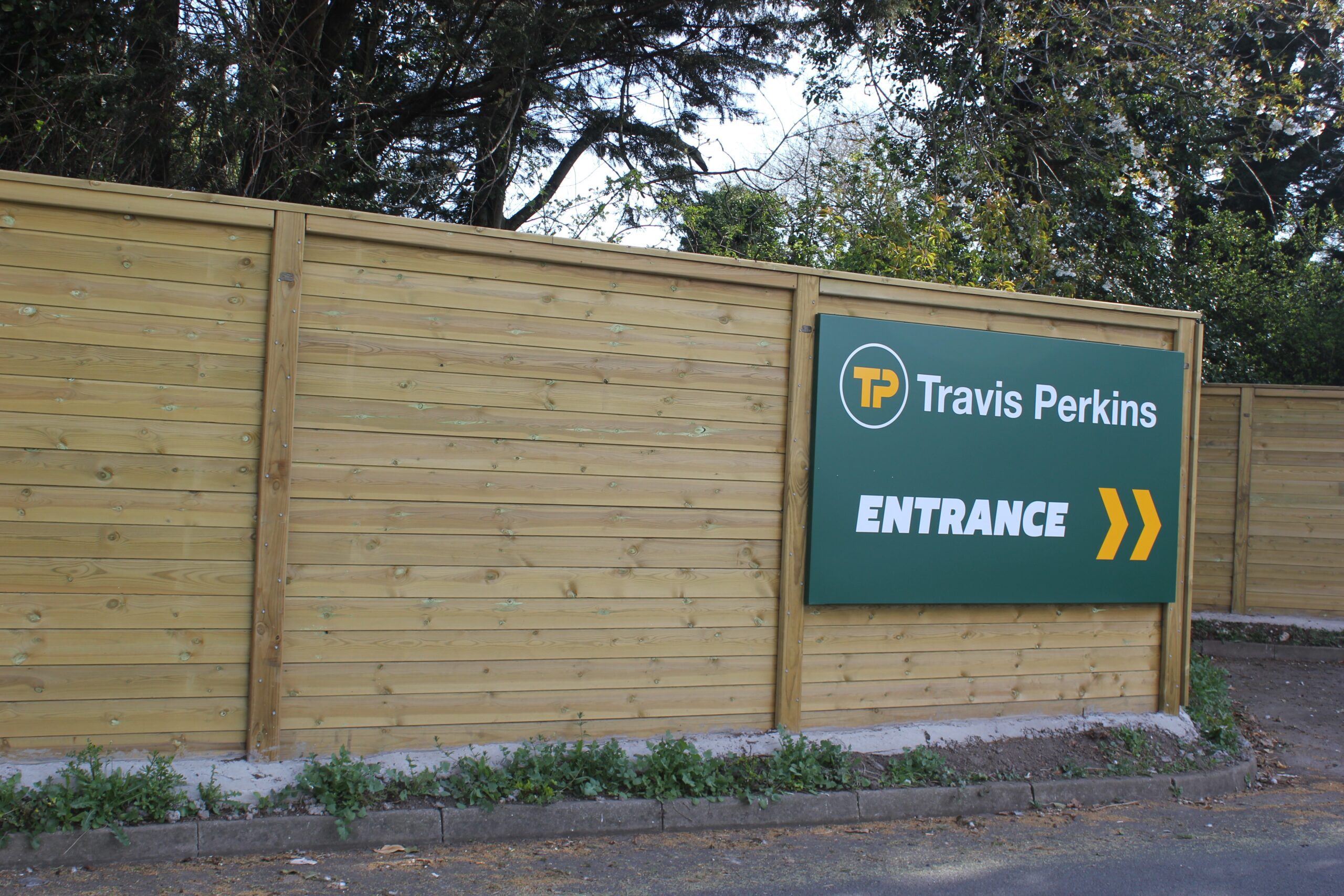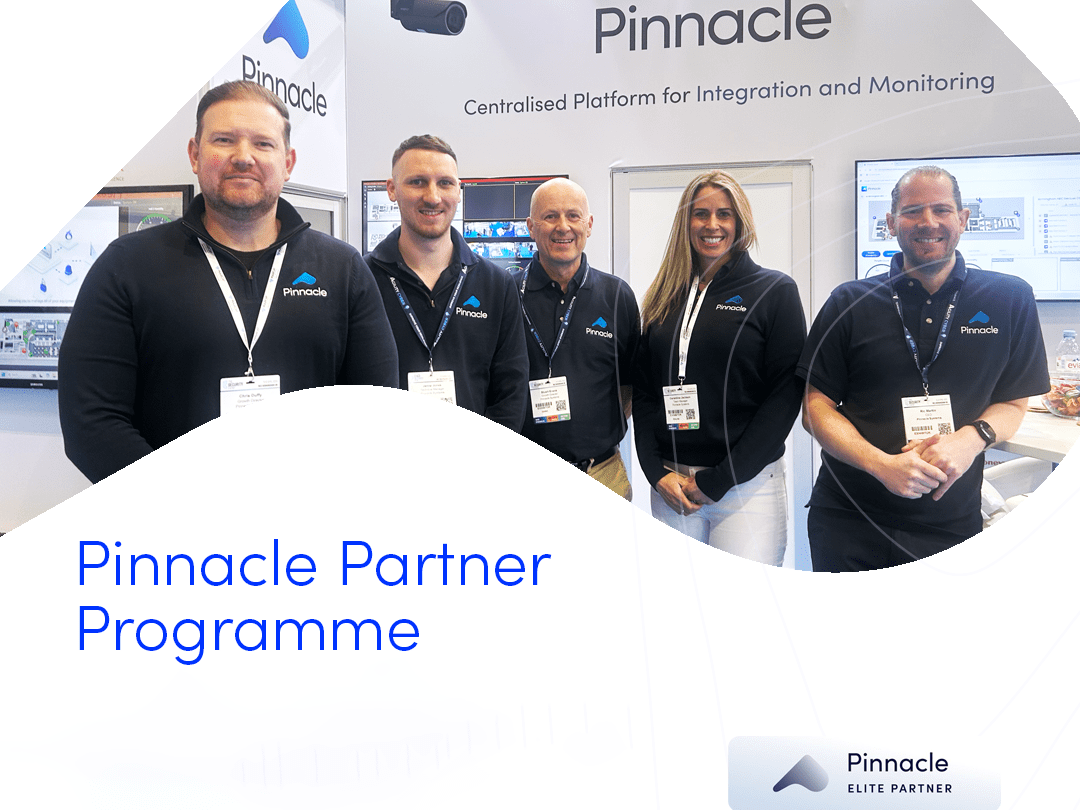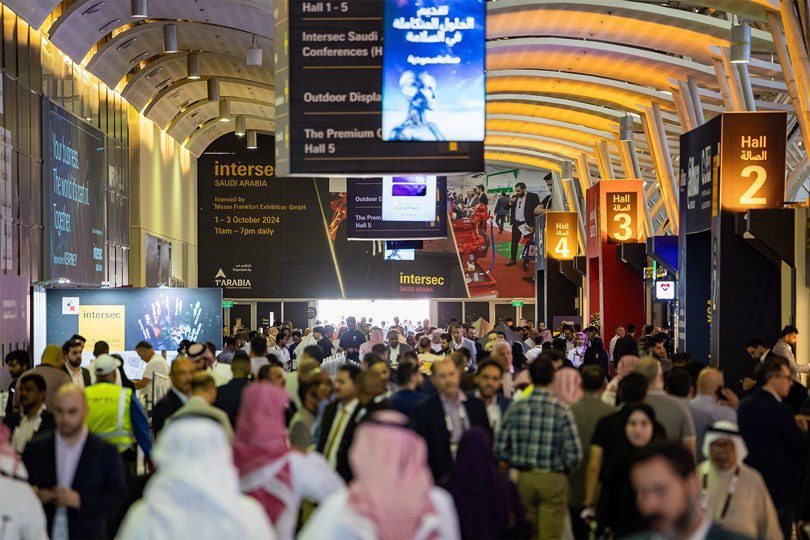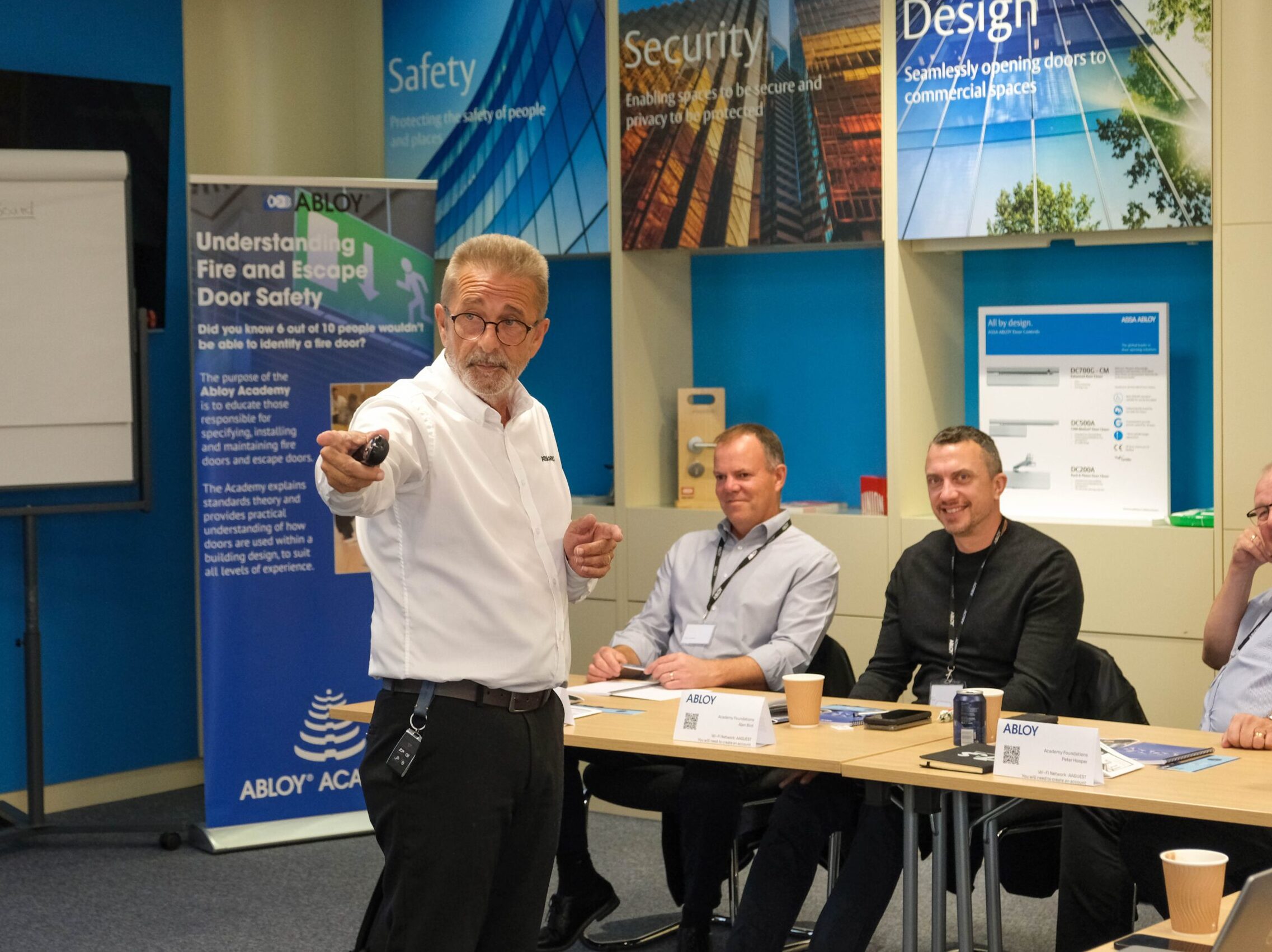 After airports, it is the turn of the global mass transport market to beef up security, as governments begin to address the security risks posed by large-scale unprotected infrastructure.
After airports, it is the turn of the global mass transport market to beef up security, as governments begin to address the security risks posed by large-scale unprotected infrastructure.
In addition to terrorism threats, rising instances of crime, antisocial behaviour, and insurance claims have turned operators’ attention to new technologies in video surveillance, perimeter security, and sensors. The need for stronger security is undisputed, but mass transit operators are often constrained by lean budgets, especially since it is difficult to demonstrate return on investment (ROI) from these installations.
New analysis from Frost & Sullivan ( http://www.defense.frost.com ), Global Mass Transport Security Market Overview, finds that the market earned revenues of $1.76 billion in 2012 and estimates this to reach $3.16 billion in 2021, at a compound annual growth rate (CAGR) of 6.7 per cent (2012 to 2021) . The market will continue to expand due to large investments in metro projects in China and the proposed expansion of current metro projects in India, Europe, and the Asia-Pacific.
“Most of the security spending in mass transportation is expected to be directed at securing the stations where travellers gather, buses and rolling stock in which travellers are transported, and the areas adjacent to places where transportation is stationed,” said Frost & Sullivan Aerospace, Defence and Security Research Analyst Krzysztof Rutkowski. “Such security improvements are fundamental to increasing the ridership on mass transport.”
Unfortunately, the nature of mass transport systems does not lend itself to technological transfers from other areas such as eGates in airports because customer convenience is critical to attract riders to mass transport. This issue of convenience is also one of the reasons governments have largely neglected security installations in mass transit hubs .
“The best way to overcome technological and apathy challenges is to have an open architecture that does not limit the systems’ end-use to just security,” noted Rutkowski. “It can offer value-added services such as infotainment, global positioning system (GPS) locators and other services.”
It is also advantageous for security providers to form partnerships to supply a greater array of solutions on an open architecture, by bundling the products. The highest demand is for video surveillance and communications technologies, which points to beneficial partnerships with companies operating in these domains.
“Frost & Sullivan expects stand-alone systems to phase out eventually, as they are not economically viable,” concluded Rutkowski. “Instead, there will be a large market for security systems that are integrated with other on-board technologies such as infotainment and public Wi-Fi.”
If you are interested in more information on this research, please send an email to Joanna Lewandowska, Corporate Communications, at [email protected] , with your full contact details.

